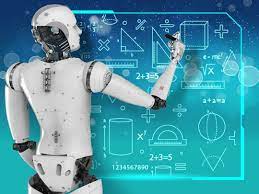The Future of Education: Trends and Predictions for 2030

About Course
Welcome to The Future of Education: Trends and Predictions for 2030—a thought-provoking exploration of how education is evolving in response to rapid technological transformation. As we stand on the brink of a new educational era defined by AI, immersive technologies, and personalized learning, this course takes you on a journey through current trends, emerging innovations, and bold predictions for what classrooms might look like by the end of this decade. Whether you’re a teacher, student, policymaker, or edtech enthusiast, this course offers a glimpse into the digital frontier of education.
Dive deep into the world of Education 2.0, where wearable tech, virtual labs, intelligent tutors, and cloud-based classrooms are becoming the norm. Learn how to prepare learners for a fast-changing workforce, address ethical concerns in a hyper-connected learning environment, and adapt to the new demands of lifelong learning. With practical strategies and forward-looking insights, this course will empower you to be a pioneer in shaping the future of education.
Course Content
Introduction
Definition of Education 2.0 and the impact of technology on the future of education
00:00Purpose of the ebook
00:00